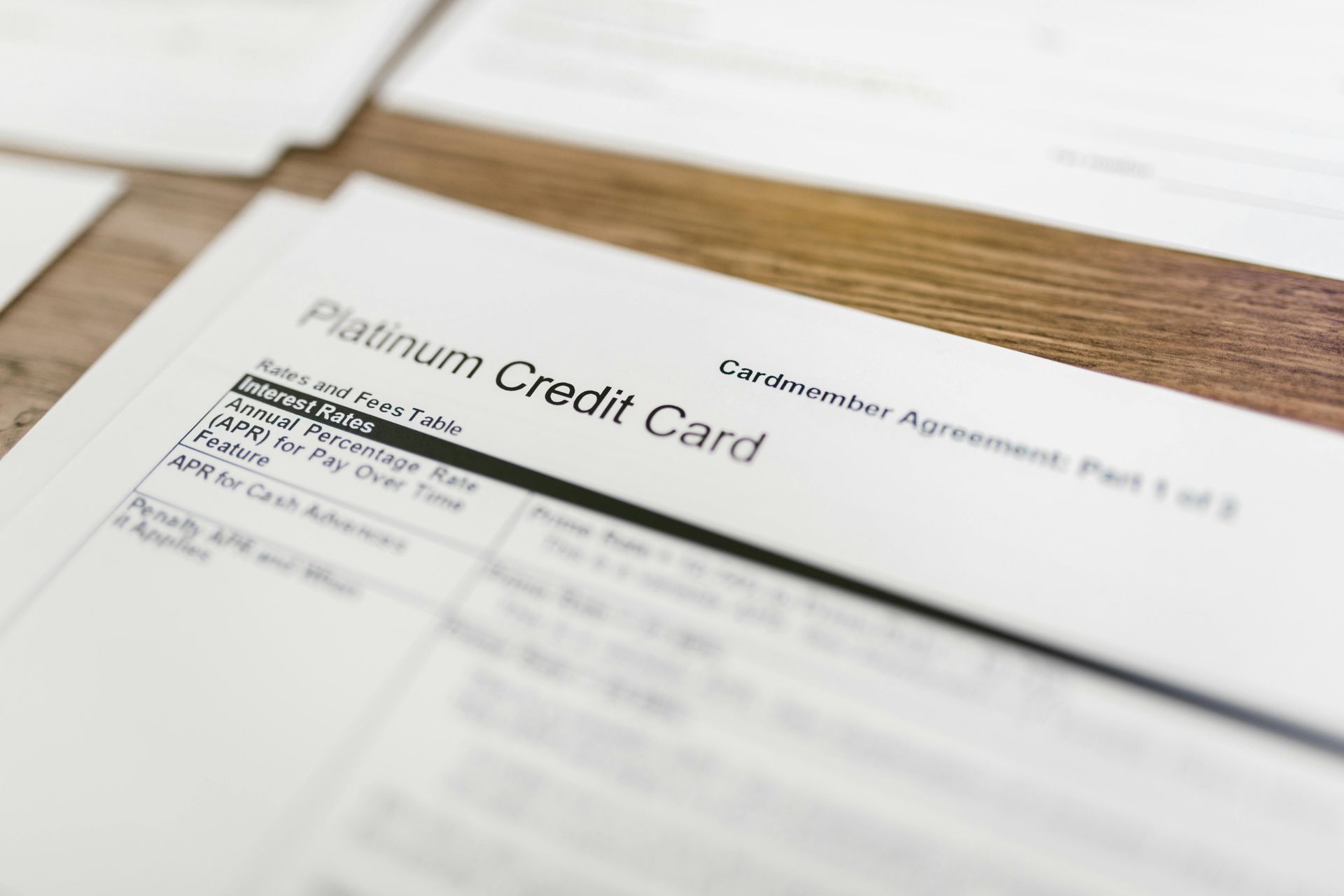Pro Forma Cap Rates
Understanding Its Importance in Real Estate Investments
Understanding the pro forma cap rate is essential for anyone involved in real estate investing. This financial metric helps you evaluate the potential return on investment for a property by taking into account not just the purchase price, but also future expenses and income projections.
Knowing how to calculate and interpret this rate can guide your investment decisions and help you avoid costly mistakes.
When assessing properties, you can use the pro forma cap rate to get a clearer picture of how a property will perform financially over time. By factoring in repair costs and potential income, you gain insights into the overall value and risk associated with your investment. This approach makes it easier to compare different properties and make informed choices.
With the right understanding of the pro forma cap rate, you position yourself to make smarter investments in real estate. Embracing this practice can enhance your financial modeling skills and contribute to your investment success.
CAP Rate Calculator
Use this free, easy tool to calculate your property's CAP rate. Simply enter the Net Operating Income (NOI) and the market value below.
Calculate your property’s CAP rate now—free and easy!
Key Takeaways
- The pro forma cap rate helps assess financial potential in real estate.
- Understanding this metric can improve your investment strategies.
- It is crucial for evaluating risks and estimating property values.
Understanding Cap Rate and NOI
Cap rate and net operating income (NOI) are essential concepts in real estate investing. They help you evaluate the potential profitability of a property. Knowing how to analyze these figures can guide your investment decisions effectively.
Basics of Cap Rate
The capitalization rate, or cap rate, is a measure used to assess the potential return on an investment property. It is calculated by dividing the annual net operating income (NOI) by the property's market value.
For example, if a property has an NOI of $100,000 and a market value of $1,000,000, the cap rate would be 10%.
This percentage indicates the rate of return you can expect. A higher cap rate suggests a potentially higher return, while a lower cap rate might mean lower returns or a higher property value.
Key factors influencing cap rates include location, property condition, and current market trends.
Calculating Net Operating Income (NOI)
Net operating income (NOI) is the total income a property generates minus operating expenses. To calculate NOI, start with your rental income. From there, subtract regular expenses such as:
- Operating expenses (repairs, maintenance)
- Property taxes
- Insurance costs
For example, if your rental income is $200,000 and your total operating expenses are $50,000, your NOI would be $150,000.
Understanding NOI is crucial. It directly informs your cap rate and allows you to assess whether a property is worth your investment. A strong NOI can signify good cash flow, while a low NOI might indicate potential issues that need addressing.
Pro Forma in Real Estate Analysis
In real estate, a pro forma statement is essential for evaluating potential investment opportunities. This analysis helps you project future income and expenses, guiding your financial decisions.
Creating a Pro Forma Statement
To create a pro forma statement, start by estimating your Effective Gross Income (EGI). This includes all revenue from the property, minus any expected vacancies.
Next, calculate your Pro Forma Net Operating Income (NOI) by subtracting operating expenses from EGI. Operating expenses may include maintenance, property management fees, and insurance.
Once you have the NOI, factor in Debt Service—the costs of any loans on the property. Ensure you account for the occupancy rate, which impacts your total income. Remember to be realistic in your estimates, as growth potential can vary based on market conditions and property location.
Adjusting Factors in Pro Forma Analysis
Adjustments in your pro forma analysis are crucial for risk management. Start by reviewing assumptions about occupancy rates and rental growth. If the market is changing, you may need to lower your expected figures.
Consider potential risks such as local economic shifts or changes in interest rates. Adjusting your assumptions based on these risks is important for a sound investment strategy.
You may also want to revisit your growth assumptions periodically. As you gather data on similar properties, adjust your expectations on income growth. This will help you paint a more accurate picture of your future returns and inform your investment strategy effectively.
Risk Assessment and Value Estimation
Risk assessment and value estimation are crucial when evaluating investment properties. Understanding these concepts helps you gauge potential returns and the stability of your investments. Focus on the factors that directly affect property value and how to estimate market value and purchase price accurately.
Factors Affecting Property Value
Several key factors influence property value. These include location, condition, and market trends.
- Location: Properties in desirable areas typically have higher values. Proximity to schools, shopping, and transportation can enhance appeal.
- Condition: Well-maintained properties often attract better rental income and higher resale prices. Regular upkeep boosts property equity and long-term value.
- Market Trends: Local market conditions impact property values. Rising demand can increase prices, while economic downturns may decrease them.
Recognizing these factors helps you assess the property's cash flow and potential risks, giving you a clearer picture of your investment opportunities.
Estimating Market Value and Purchase Price
To estimate market value, consider various methods. One common approach is the Income Approach, which assesses potential cash flow against operating expenses.
- Net Operating Income (NOI): Calculate your expected income minus expenses.
- Capitalization Rate (Cap Rate)
This helps determine if the purchase price aligns with your investment goals.
Using comparable property sales can also aid in valuation. Investigate recently sold properties (comps) in the area to establish a fair market price. Remember, an accurate estimate protects your equity and ensures a better return on investment when refinancing or selling in the future.
Practical Considerations in Investment
Understanding the practical aspects of investing in real estate is crucial. Specifically, you need to focus on operating and maintenance costs as well as managing vacancies. These factors can significantly affect your return on investment.
Operating and Maintenance Costs
When analyzing the pro forma cap rate, you must consider operating and maintenance costs. These include repairs, property management fees, and capital improvements. Each element plays a role in your property’s financial health.
Maintenance costs can vary based on property type and location. For example, older buildings may require more frequent repairs. It’s essential to budget for these expenses by setting aside reserves.
Consider your effective gross income (EGI), which includes gross rental income minus vacancy losses. Ensuring you have a clear understanding of these costs will help you determine your cash-on-cash return more accurately.
Understanding and Managing Vacancies
Vacancies impact your income directly through lost rent. Knowing your vacancy rate is vital. A high rate can drain your cash flow, reducing your overall profit.
Effective property management can help keep vacancies low. It’s wise to market your property aggressively and maintain good tenant relations. This reduces turnover and promotes longer leases.
Factor your mortgage payment into your calculations as well. Balancing costs with rental income is crucial to achieving a successful investment. Tracking these metrics regularly ensures you adapt your strategy as needed.
Frequently Asked Questions
This section addresses common queries related to the pro forma cap rate. Understanding how to calculate it, the differences between pro forma and actual cap rates, and what a specific cap rate might indicate can help in your real estate investment decisions.
What is the difference between a pro forma cap rate and actual cap rate?
The pro forma cap rate uses projected income and costs to estimate a property's value. In contrast, the actual cap rate is based on the property's current income and expenses. This distinction helps investors assess potential profitability versus existing performance.
What constitutes a good pro forma cap rate in real estate investments?
A good pro forma cap rate typically ranges from 8% to 12%, but this can vary based on location and property type. Higher cap rates can indicate greater risk, while lower rates may suggest a more stable investment. It's crucial to compare with similar properties in your target area.
How does the pro forma net operating income (NOI) influence the cap rate?
The pro forma NOI is crucial because it directly affects the cap rate calculation. A higher projected NOI will lead to a higher cap rate, indicating potentially better returns. Conversely, a lower projected NOI results in a lower cap rate, suggesting less profitability.
What does it signify when a property has a cap rate of 7.5%?
A cap rate of 7.5% typically indicates a moderate level of risk for the investor compared to other properties. It suggests that the property should generate a reasonable return on investment and may be priced fairly in the current market. Investors often use this figure to compare with similar properties.
More about Coastline Equity
Property Management Services
 Learn More
Learn MoreOur team will handle all your property needs, offering specialized services such as in-depth inspections, liability management, staff recruitment and training, and round-the-clock maintenance—expert support tailored to the unique requirements of your real estate assets.
About Us
 Learn More
Learn MoreOur dedicated team transforms property management challenges into opportunities. From tenant management to streamlined rent collection and proactive maintenance.
Property Management Excellence
 Learn More
Learn MoreAs a contributing author for Forbes, Anthony A. Luna brings a wealth of expertise and knowledge in the property management industry, real estate sector, and entrepreneurship, providing insights and thought-provoking analysis on a range of topics including property management, industry innovation, and leadership.
Anthony has established himself as a leading voice in the business community. Through his contributions to Forbes, Anthony is set to publish his first book, "Property Management Excellence" in April 2025 with Forbes Books.
Insights
 Learn More
Learn MoreLearn more about Coastline Equity's property management practices & processes and how we support our clients with education and a growth mindset.
Coastline Equity Property Management is your partner as you continue to learn and grow.
News & Updates
Property Management Made Easy
Los Angeles
1411 W. 190th St.,
Suite 225
Los Angeles, CA 90248
Temecula
41743 Enterprise Circle N.,
Suite 207
Temecula, CA 92590
P.O. BOX #1489
TORRANCE, CA 90505






